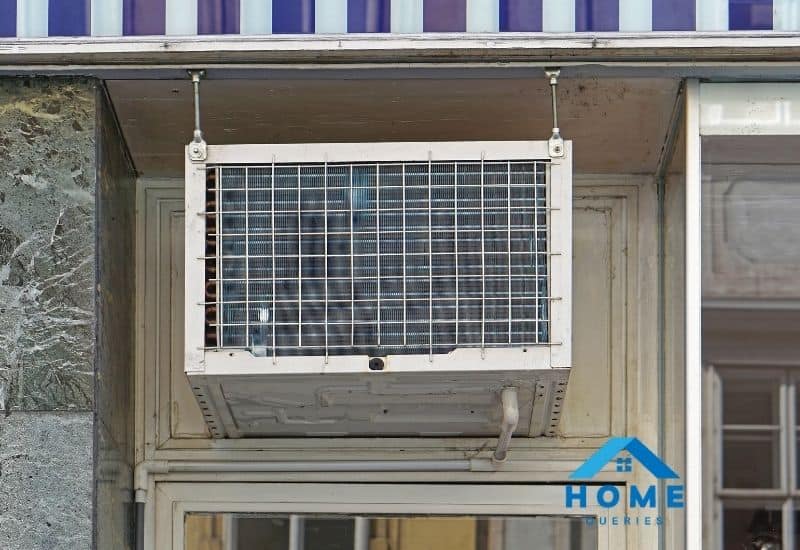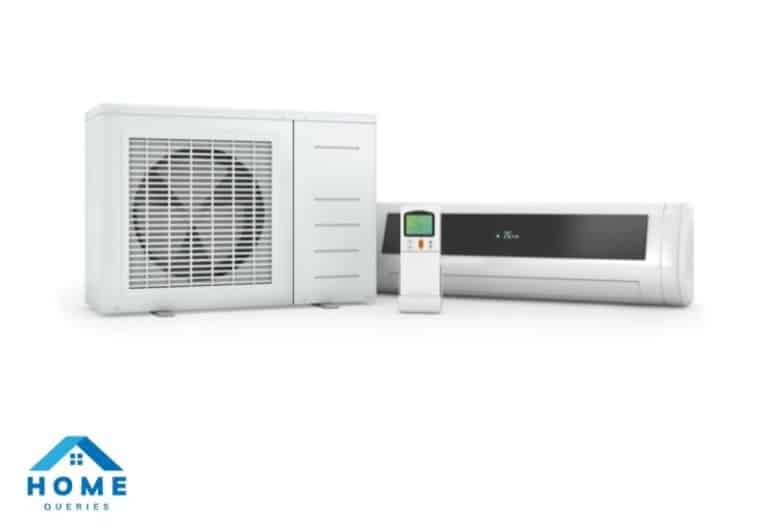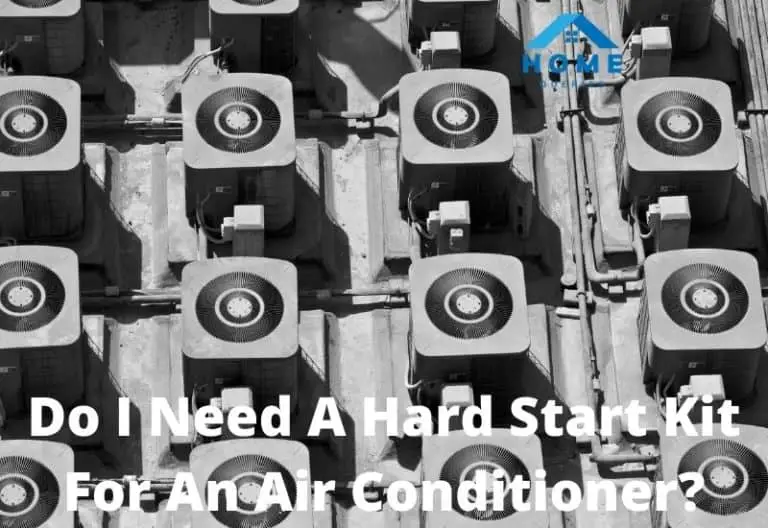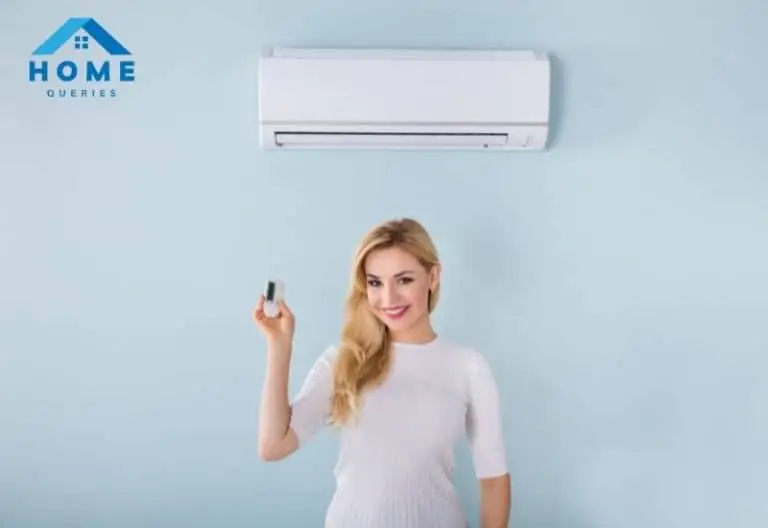Do you think your window AC units have something to do with your electric bills going up?
The summer heat may be oppressive, especially if you don’t have access to air conditioning. Installing a window air conditioner in your house or business is a fantastic method to combat the heat.
Because installing a central air conditioning unit is a significant job and maybe costly, many households prefer to use window air conditioners instead. Window air conditioners are convenient in small places, but installing central air is more cost-efficient if you have a bigger house or wish to chill many areas at once.
Individual air conditioners and heaters in your home can relieve the strain on your central heating and air conditioning system, resulting in considerable annual energy savings. A power consumption meter is a valuable tool for the eco-friendly homeowner to keep track of how much energy each device in their home consumes.

Do Window AC Units Make Your Electric Bill Go Up?
They don’t, at least not in comparison to central units. A window air conditioner consumes less than a third of the energy that a central air conditioner would use for the same period. However, if you have more than one unit, the cost might soon rise.
How Much Electricity Does A Window Air Conditioner Consume?
The use of central air conditioning is just inefficient. A window air conditioner consumes 500 to 1440 watts, whereas a 2.5-ton central air conditioner consumes around 3500 watts.
That’s a significant amount of power. A ceiling fan requires 15 to 90 watts depending on speed and size, whereas a floor fan needs just 100 watts at its greatest rate.
Aside from those above, how much does it cost to run a window air conditioner? Window air conditioners can range from $150 to $500, depending on the cooling capacity, energy efficiency, and features of the unit you select. Window air conditioners may also be operated for as low as $0.52 per day by ordinary individuals.
As a result, how much does an air conditioner raise your power bill? The cost of electricity A 900-watt air conditioner operating for eight hours, for example, would use 7.2 kWh (900 watts*8 hours divided by 1000). Running such an air conditioner will add around $1.64 each night to your electricity bill, including taxes and levies if you pay 22.8 cents per kWh.
Take a quick look at the table below to know more,
| Window AC Unit (BTU) | Estimated Watts |
| 5,000 BTU Window Air Conditioner | 550 Watts of electricity |
| 8,000 BTU Window Air Conditioner | 660 Watts of electricity |
| 10,000 BTU Window Air Conditioner | 900 Watts of electricity |
| 12,000 BTU Window Air Conditioner | 1,100 Watts of electricity |
| 15,000 BTU Window Air Conditioner | 1,500 Watts of electricity |
Is It Possible For My Electrical System To Handle Air Conditioning?
Your electrical system must be up to the task because a window air conditioner is more potent than other household equipment. Small 115-volt window units with a 15-amp need can be plugged into a standard outlet, but larger units with 125 or 220 volts and greater amperage ratings will need a dedicated outlet.
If you don’t have one, you’ll need a professional electrician to install one. Depending on the age and quality of your present electrical system, an electrical panel upgrade or circuit panel update may be required.
Read more: Why Are Mini Splits So Expensive?
Monthly Electricity Costs For A Window Air Conditioner
How much does it cost the typical person to run a window air conditioner?
Using the national kWh cost of $0.13 and an average of eight hours per day of operation, you may expect to spend the following amount on energy each month for these varied-size window air conditioners.
- 500 Watt Unit (5,000 BTU) = $15.60 per month
- 660 Watt Unit (8,000 BTU) = $20.40 per month
- 900 Watt Unit (10,000 BTU) = $26.40 per month
- 1,100 Watt Unit (12,000 BTU) = $33.60 per month
- 1,500 Watt Unit (15,000 BTU) = $46.80 per month
Factors That Influence How Much Electricity Your Air Conditioner Uses Every Hour And Day
In an ideal world, the preceding section’s monthly electricity expenses would be the same for everyone. However, various factors might affect how much your window air conditioner costs every month.
Some of these factors are related to the appliance itself, while others, such as the external environment, are beyond your control.
Here are some of the elements that may be contributing to your spending more or less than you thought while using a window air conditioner.
EER and SEER
The traditional Energy Efficiency Ratio (EER) and the revised Seasonal Energy Efficiency Ratio (SEER) are efficiency ratios for window air conditioners.
A prominent yellow sticker called the “Energy Guide” will be seen on almost every window and wall air conditioner.
You’ll find an EER or SEER value on that guide, as well as the anticipated annual energy cost to power the appliances.
Indoor Temp
The temperature at which you set the window air conditioner might influence how much power it consumes.
The appliance requires more energy to cool the space when the cooling cycle starts.
When the desired temperature is attained, the cooling cycle is turned off, and just the fan operates—using far less power.
If you set the thermostat to a shallow point, such as 62 degrees Fahrenheit, the unit will take significantly longer to reach that temperature, increasing your power bills.
Outside climate
When it’s scorching outdoors, the inside temperature may not meet the temperature the window air conditioner sets.
This is due to the unit having to compete too hard against the heated air in the room. If this occurs, the window AC unit will continue to operate at full blast without ever shutting off the chill cycle, increasing your daily operating costs.
You should expect to pay more each day to run a window air conditioner if you live in a hot environment.
Open Doors and Windows
If you have a window air conditioner operating in a room with an open window or door to the rest of the home, the unit will have to work harder to keep the space cold.
Because the air-conditioned air is confined, the more sealed the area is, the less your window AC unit needs to operate. As a result, the cost of using it is reduced.
Air Conditioner Filter
You may not know that your window air conditioner has an air filter.
It certainly does, and the air filter’s job is to keep dust, grime, and other materials from causing damage to the internal system. Unfortunately, the air filter clogs quickly, and if you don’t clean it, your window AC unit’s performance will suffer.
To enhance the cooling performance of your air conditioner and keep your running expenses low, check and clean the air filter every week.
About The Best Window Unit Selection
Multiply the room’s length by the breadth of the room to get the size of the space you wish to cool with a window unit. This will tell you the square footage of the room. Please note the total and carry it with you when you go window-shopping.
Compare the labels on the side of the window units to determine which one best fits your room’s square footage. Buying a window unit built for a larger room will use more energy than buying a smaller unit made for a smaller area. For the most energy-efficient device, choose the one that best fits your needs.
For the seasonal energy efficiency ratio or SEER rating, compare the labels on the window units that best match the size of your room. The unit is more energy-efficient if the number is more significant. If you choose units that match the size of your room, choosing one with a higher SEER rating will save you more money in the long run.
Read more: Where Is The Condenser Coil Located On A Central Air Conditioner?
Programming The Unit
If the device has one, set the programmable timer to 78 degrees. This usually pleasant temperature takes less energy to achieve and sustain than colder ones. You will consume between 1% and 3% less power for every one-degree rise in the air conditioner setting (See Reference 3).
Set the programmable timer only to run while you’re at home. Cooling a room with no one in it is a significant waste of energy and money. You may save money and energy by setting the timer to start when you get home from work and terminate when you depart for the day.
If the air conditioner does not have a programmed timer, use a mechanical timer at the AC outlet where it is plugged in. Set the device to “On” and the automatic timer to turn on when you go home and turn off when you leave. This is a simplified alternative for devices that don’t have as much functionality.
Is It More Cost-Effective To Use A Window Air Conditioner Instead Of Central Air?
Installing central air conditioning is far more expensive than installing a few windows or room air conditioners. It’s also more energy-efficient than operating several windows or portable air conditioners, quieter than room air conditioners, out of sight, and an investment that adds to the home’s value.
Is It Better To Have Ductless Air Conditioning?
A ductless air conditioner, often known as a mini-split unit, is more costly than a window unit but has significantly greater cooling capacity. Mini-split air conditioners use less energy than central air conditioners and can cool a considerably larger area than window air conditioners.
The name “mini-split” comes from the fact that the thermostat and air vent are cooled inside the room while the cooling fans are located outside. Like a central air conditioner, the mini-split has timers and programmed settings, so you can set it to a lower temperature at night or when you’re not home to save money.
Because the cooling section of the unit is outdoors, it produces the same degree of noise as a fan, making it a far quieter alternative than a standard window unit. A mini-split unit requires professional installation, while it is less time-consuming and expensive than a central air system.
What Is The Most Affordable Option?
A window unit will be less expensive than a ductless or central air conditioner, but it may not be able to provide the cooling you require. Even with its initial installation expenses, a mini-split will save you far more money in the long run if you need more than one window unit.
If you decide to install a central air conditioning system, you may take specific cost-cutting measures. Consider installing a smart thermostat to track your energy consumption and alert you to cost-cutting opportunities.
A smart thermostat, for example, might track your energy consumption and recommend a temperature for your air conditioner to save money.
You’d be shocked at how much a few degrees may save you money on your energy bill.
Getting The Most Out Of Your Window Air Conditioner
You now know how much power a window air conditioner uses and how much it costs to run one. And, as you’ve seen, the answers are dependent on the appliance’s efficiency as well as external circumstances outside your control.
However, one thing you can do to keep your expenditures down is to run the air conditioner only when required. People frequently forget about their window air conditioners and leave them running all day.
However, just turning it off when you leave the house or only using it for one hour at a time will help you save money on your monthly power bills. Another thing you can do is make sure the window air conditioner is the right size for the space it’ll be used in.
Will You Be Able To EER The Savings?
If you’re searching for a window air conditioner that won’t drive up your energy costs, efficiency is one of the first things to check for. Fortunately, you only need to pay attention to one number: CEER.
The Combined Energy Efficiency Ratio (CEER) is an acronym for the Combined Energy Efficiency Ratio.
Window air conditioners use CEER, whereas central air conditioners use SEER (Seasonal EER). EER is now basically obsolete on its own. Because they all measure different things, it’s critical to compare like with like.
The higher the rating, the more efficient it is. You’ll spend less on the same quantity of cooling if the efficiency is higher.
The Department of Energy recommends the following minimum efficiency ratings for window air conditioners:
Electrically Operated Room Air Conditioners: Minimum Efficiency Requirements
| Equipment Type | Size Category (Input) | Minimum Efficiency |
|---|---|---|
| Room Air Conditioners With Louvered Sides | <6,000 Btu/h | 12.1 CEER |
| Room Air Conditioners With Louvered Sides | ≥6,000 Btu/h and <8,000 Btu/h | 12.1 CEER |
| Room Air Conditioners With Louvered Sides | ≥8,000 Btu/h and <14,000 Btu/h | 12.0 CEER |
| Room Air Conditioners With Louvered Sides | ≥14,000 Btu/h and <20,000 Btu/h | 11.8 CEER |
| Room Air Conditioners With Louvered Sides | ≥20,000 Btu/h and <28,000 Btu/h | 10.3 CEER |
| Room Air Conditioners With Louvered Sides | ≥28,000 Btu/h | 9.9 CEER |
| Room Air Conditioners Without Louvered Sides | ≤8,000 Btu/h | 11.0 CEER |
| Room Air Conditioners Without Louvered Sides | ≥8,000 Btu/h and <11,000 Btu/h | 10.6 CEER |
| Room Air Conditioners Without Louvered Sides | ≥11,000 Btu/h and <14,000 Btu/h | 10.5 CEER |
| Room Air Conditioners Without Louvered Sides | ≥14,000,000 Btu/h and <20,000 Btu/h | 10.2 CEER |
| Room Air Conditioners Without Louvered Sides | ≥20,000,000 Btu/h | 10.3 CEER |
Conclusion
Window air conditioners are an excellent way to keep your room cool on the cheap.
I hope this article has clarified, “Do Window Ac Units Make Your Electric Bill Go Up?” Remember that the only precise answer is the one provided by your power bill.
And what’s the best method to keep that figure low? Buy smart and follow our best-practice guidelines given above.

![How Long Do Goodman Air Conditioners Last? [Answered] 2 How Long Do Goodman Air Conditioners Last? [Answered]](https://homequeries.com/wp-content/uploads/2021/12/Untitled-design-8-768x528.jpg)




